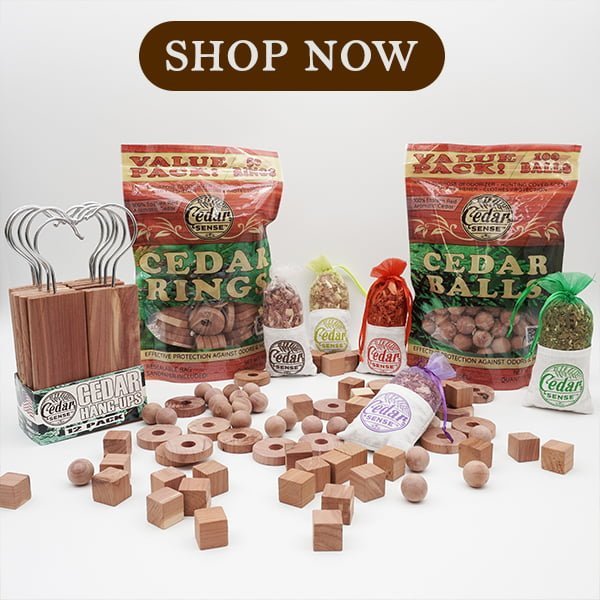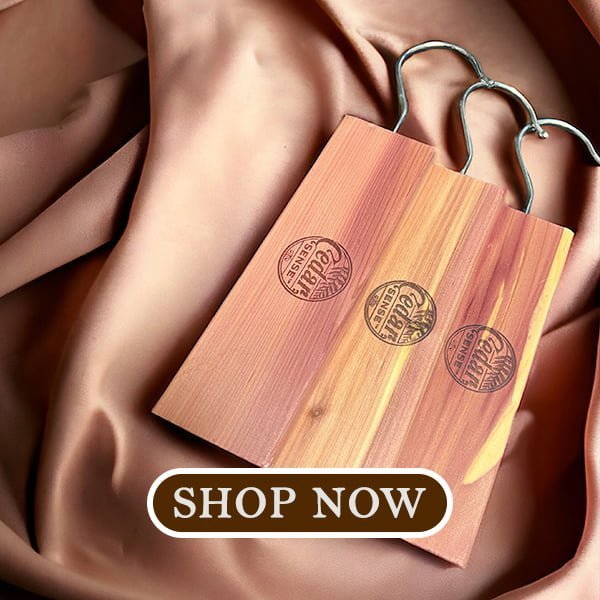Decoding the Eastern Red Cedar: Hardwood or Not?

When wandering through the lush landscapes of the Eastern United States, one might encounter the robust and aromatic Eastern Red Cedar (Juniperus virginiana). Despite its name, this resilient tree is not a true cedar but a juniper, offering a unique blend of qualities that place it in a league of its own.
This blog dives into the characteristics of the Eastern Red Cedar, tackles the common query, “Is cedar a hardwood?” and showcases why “cedar bark” plays a significant role beyond just tree protection.
Let’s unwrap the mysteries of this wood and explore its versatile applications.
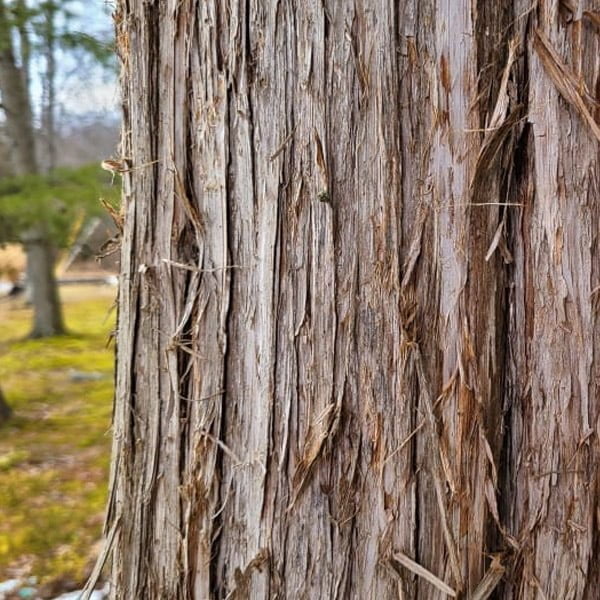
What is Eastern Red Cedar?
Before we explore its classification, let’s understand more about this distinctive species.
Characteristics of Eastern Red Cedar
Botanical Background: Juniperus virginiana falls under the Juniper genus, marking it as a coniferous plant.
Physical Traits: Known for its dense, hard wood and richly aromatic nature, it stands as a pillar of reliability in the variable climates of the East Coast.
Hardwood or Softwood?
The distinction between hardwood and softwood can be misleading since it’s not based on the actual hardness of the wood but rather on botanical classification.
Wood Classification Explained
Softwoods: Typically conifers, which are evergreen, needle-bearing trees.
Hardwoods: Usually deciduous trees, shedding leaves annually.
Is Eastern Red Cedar Hardwood?
Technically a Softwood: As a conifer, Eastern Red Cedar is classified as a softwood.
Characteristic Hardness: Despite this classification, it exhibits a hardness that rivals many hardwoods, making it exceptionally durable and sought after for various applications.
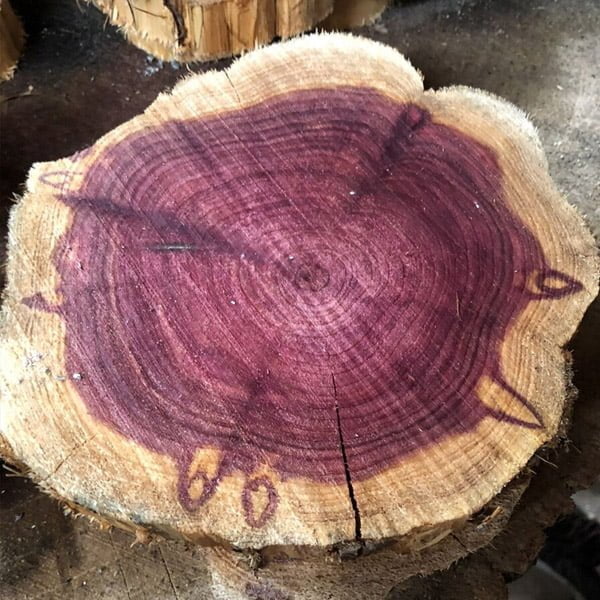
East Coast vs. West Coast: Cedar Showdown
How does the stoic Eastern Red Cedar compare to its Western counterpart, the Western Red Cedar?
Eastern vs. Western Red Cedar
Eastern Red Cedar: Thrives in harsher climates, yielding a harder wood ideal for protective and aromatic uses.
Western Red Cedar: Grows in the damp, mild climate of the Pacific Northwest, known for its larger size and excellent resistance to decay.
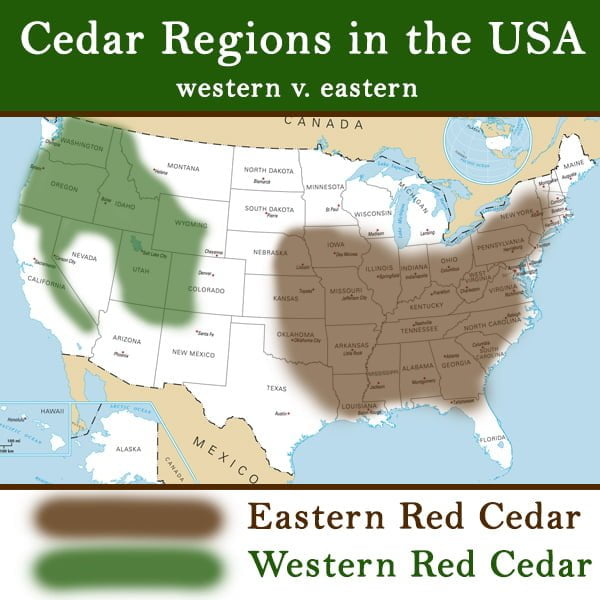
Practical Uses of Eastern Red Cedar
Eastern Red Cedar is not just about durability and scent; it also holds significant practical value across various industries.
Key Applications
Outdoor Uses: Due to its rot-resistant nature, it’s perfect for fence posts and outdoor furniture.
Indoor Uses: Its aromatic quality makes it a favorite for closet linings and storage boxes to naturally repel moths.
Cedar Bark: Beyond the Wood
The bark of the Eastern Red Cedar does more than protect; it serves numerous practical purposes.
Uses of Cedar Bark
Gardening: Used as durable, decay-resistant mulch.
Crafts: Employed in creating rustic decorative items.
Here’s an article on how cedar can be used in your home.
Introducing Cedar Hang-Ups
To further harness the natural benefits of Eastern Red Cedar, we’re excited to introduce Cedar Sense Cedar Hang-Ups. These cleverly designed products bring the freshness and protective qualities of cedar directly into your closets and storage areas.
Why Cedar Hang-Ups?
Natural Protection: Keep your garments fresh and free from moths naturally.
Aromatic Ambiance: Fill your closet with the pleasant, natural scent of cedar without the use of chemicals.
As we conclude, it’s clear that the Eastern Red Cedar is a true champion of versatility, durability, and natural beauty. From its robust wood to the delightful cedar bark, it offers solutions that enrich both our homes and our environment.

